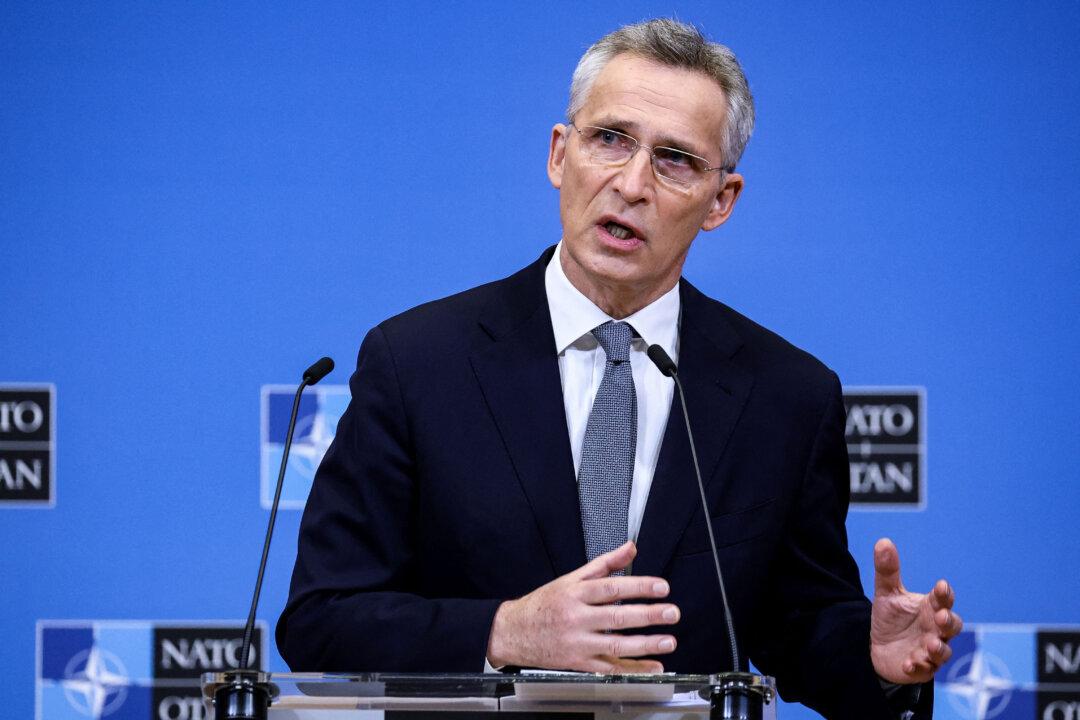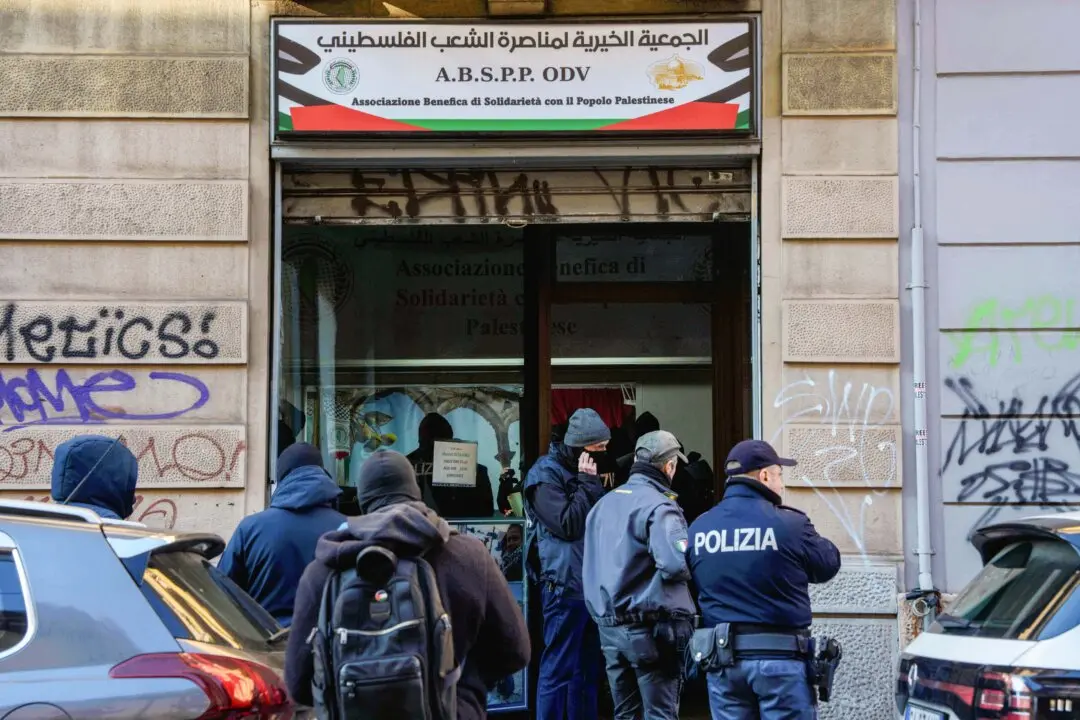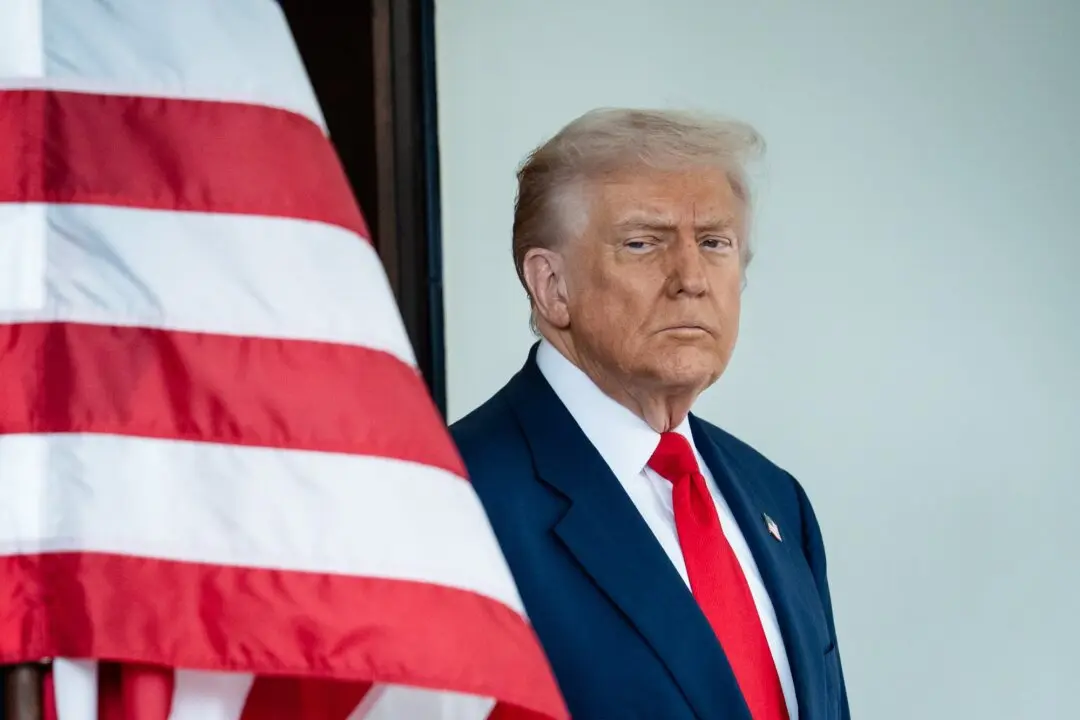NATO Secretary General Jens Stoltenberg said on Tuesday that the transatlantic defense pact must ensure that the conflict in Ukraine doesn’t spill over into neighboring states, an outcome he warned would be more dangerous and destructive than the localized hostilities now roiling the country.
“We need to end this conflict, not expand it,” the NATO chief said in remarks during a March 8 joint press conference alongside Latvian President Egils Levits, in Riga, Latvia.





